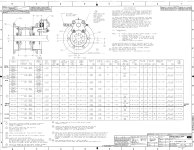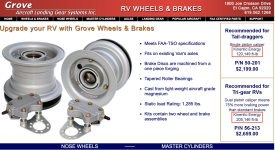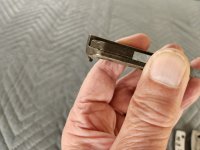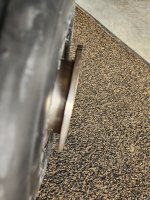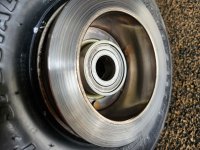Jeff1smith
Member
I found this earlier post. I have been having constant brake issues with leaks, scored rotors and just feeling that I didn't have enough stopping power.
I visited the Matco booth at OSH a couple years ago and the rep told me the same thing in the post. The stock brakes were just barely adequate.
It's time to upgrade ... anyone have suggestions? Like to stay with Matco and not go Grover so I don't need any further mods and they are twice as much.
Anyone have dual calipers?
Matco upgrade part number?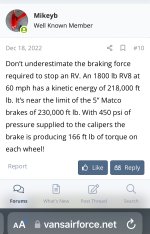
I visited the Matco booth at OSH a couple years ago and the rep told me the same thing in the post. The stock brakes were just barely adequate.
It's time to upgrade ... anyone have suggestions? Like to stay with Matco and not go Grover so I don't need any further mods and they are twice as much.
Anyone have dual calipers?
Matco upgrade part number?




